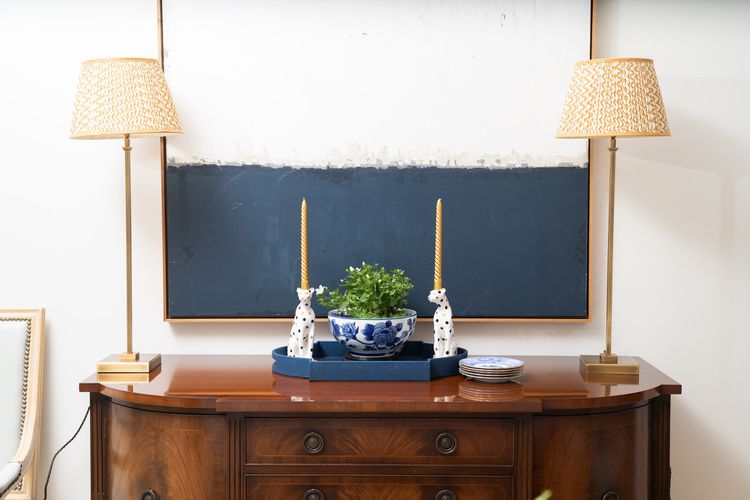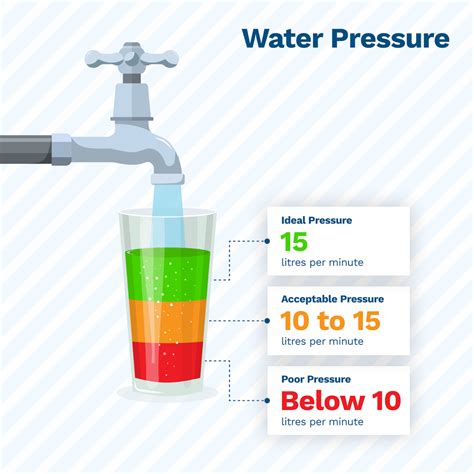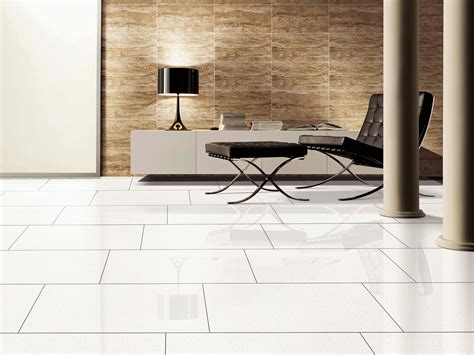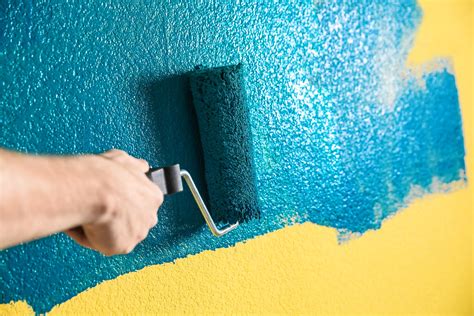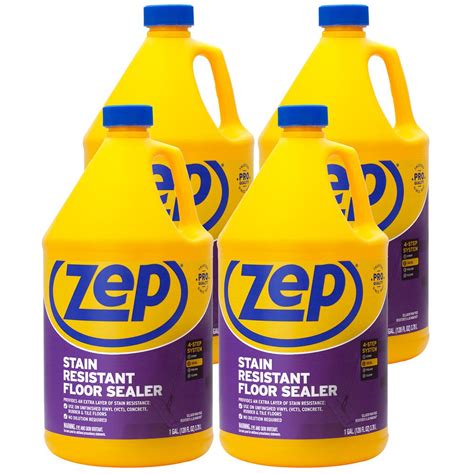
When it comes to maintaining and preserving the beauty of your floors, floor sealant plays a crucial role. In this comprehensive guide, we’ll explore the basics of floor sealant, including its differences from floor finish, various types of sealants available, and how to improve the longevity of your floors with proper sealing techniques. Understanding the fundamentals of floor sealant will help you make informed decisions and keep your floors looking their best.
Fast Facts
Before diving into the details, let’s cover some essential facts about floor sealant:
- Floor sealant is a protective coating applied to the surface of floors to enhance their durability and resistance to stains, moisture, and wear.
- Sealing floors helps prevent damage from spills, scratches, and UV rays, prolonging their lifespan.
- There are different types of floor sealants available, including acrylic, epoxy, polyurethane, and penetrating sealers. Each type has its own characteristics and applications.
- Applying floor sealant requires proper preparation, including cleaning and drying the floor surface and ensuring it is free of dust, dirt, and other contaminants.
- Regular maintenance, including routine cleaning and periodic reapplication of sealant, is essential to maximize the benefits and longevity of the sealant.
Differences Between Seal and Finish
One common misconception is the confusion between floor sealant and floor finish. While they both serve to protect and enhance floors, they have distinct purposes and characteristics.
Floor Sealant: Floor sealant, also known as floor sealer or floor coating, is applied to the surface of floors to create a protective barrier. It is primarily used to prevent moisture penetration, stains, and damage from everyday wear and tear. Sealants are available in various forms, including water-based, solvent-based, and penetrating sealers. They can be applied to a wide range of floor materials, such as concrete, wood, tile, and stone.
Floor Finish: Floor finish, also referred to as floor wax or floor polish, is applied over the sealant as an additional layer of protection and to enhance the appearance of the floor. Floor finishes are typically used on hard surface floors, such as vinyl, linoleum, and hardwood. They provide a glossy or satin sheen and can help hide minor scratches and imperfections. Floor finishes require regular maintenance, such as buffing and reapplication, to maintain their shine and protective qualities.
Types of Sealant
There are various types of floor sealants available, each with its own unique properties and applications:
1. Acrylic Sealant
Acrylic sealants are water-based and commonly used for sealing concrete and stone floors. They offer good durability, UV resistance, and ease of application. Acrylic sealants dry relatively quickly and provide a transparent or semi-gloss finish. They are suitable for both indoor and outdoor use.
2. Epoxy Sealant
Epoxy sealants are known for their exceptional durability and chemical resistance. They are commonly used in industrial and commercial settings, such as garages, warehouses, and laboratories. Epoxy sealants provide a hard, glossy finish and are available in a wide range of colors. They require proper surface preparation and careful application.
3. Polyurethane Sealant
Polyurethane sealants offer excellent protection against abrasion, chemicals, and moisture. They are often used for sealing hardwood floors and other interior surfaces. Polyurethane sealants are available in both water-based and oil-based formulations. They provide a durable finish and can be applied with a brush, roller, or sprayer.
4. Penetrating Sealant
Penetrating sealants, also known as impregnating sealers, are designed to penetrate the pores of the flooring material, creating a protective barrier from within. They are commonly used for sealing natural stone, such as marble, granite, and slate. Penetrating sealants help prevent stains and moisture damage without significantly altering the appearance or texture of the surface.
Improving Longevity
To maximize the effectiveness and longevity of your floor sealant, consider the following tips:
1. Proper Floor Preparation
Thoroughly clean the floor surface and remove any dirt, dust, grease, or old finishes. Ensure the surface is dry before applying the sealant to achieve optimal adhesion and performance.
2. Follow Manufacturer’s Instructions
Read and follow the manufacturer’s instructions for the specific sealant you are using. Pay attention to recommended drying times, application methods, and any special considerations.
3. Apply Multiple Coats
Applying multiple coats of sealant can enhance the protective properties and durability. Allow sufficient drying time between coats and follow the manufacturer’s recommendations for the number of coats needed.
4. Practice Regular Maintenance
Maintain the sealed floors by regularly cleaning them using appropriate cleaning methods and products recommended for the specific floor type. Avoid using abrasive cleaners or tools that can damage the sealant.
5. Periodic Reapplication
Over time, the protective qualities of the sealant may diminish due to wear and tear. Periodically evaluate the condition of the sealed floors and reapply the sealant as needed to maintain optimal protection.
FAQs (Frequently Asked Questions)
Q: How long does floor sealant last?
A: The longevity of floor sealant depends on several factors, including the type of sealant used, the amount of foot traffic, and the maintenance routine. On average, sealants can last between 3 to 5 years, but some high-quality sealants may offer longer protection.
Q: Can I apply floor sealant myself, or do I need professional help?
A: Applying floor sealant can be a DIY project, especially for small areas or less complex floor surfaces. However, for larger projects or if you are unsure about the application process, it is recommended to consult a professional to ensure proper preparation and application.
Q: Can floor sealant be used on all types of floors?
A: No, different types of floors require specific sealants. It is important to select a sealant suitable for the material of your floor, such as concrete, wood, tile, or stone. Using the wrong type of sealant may result in poor adhesion or damage to the floor surface.
Conclusion
Floor sealant is an essential component in protecting and enhancing the lifespan of your floors. Understanding the differences between sealant and finish, the various types of sealants available, and implementing proper sealing techniques will help you maintain beautiful and durable floors for years to come.
Remember to follow manufacturer’s instructions, practice regular maintenance, and periodically reapply sealant to ensure optimal protection. By investing in floor sealant, you’re investing in the long-term health and beauty of your floors.

